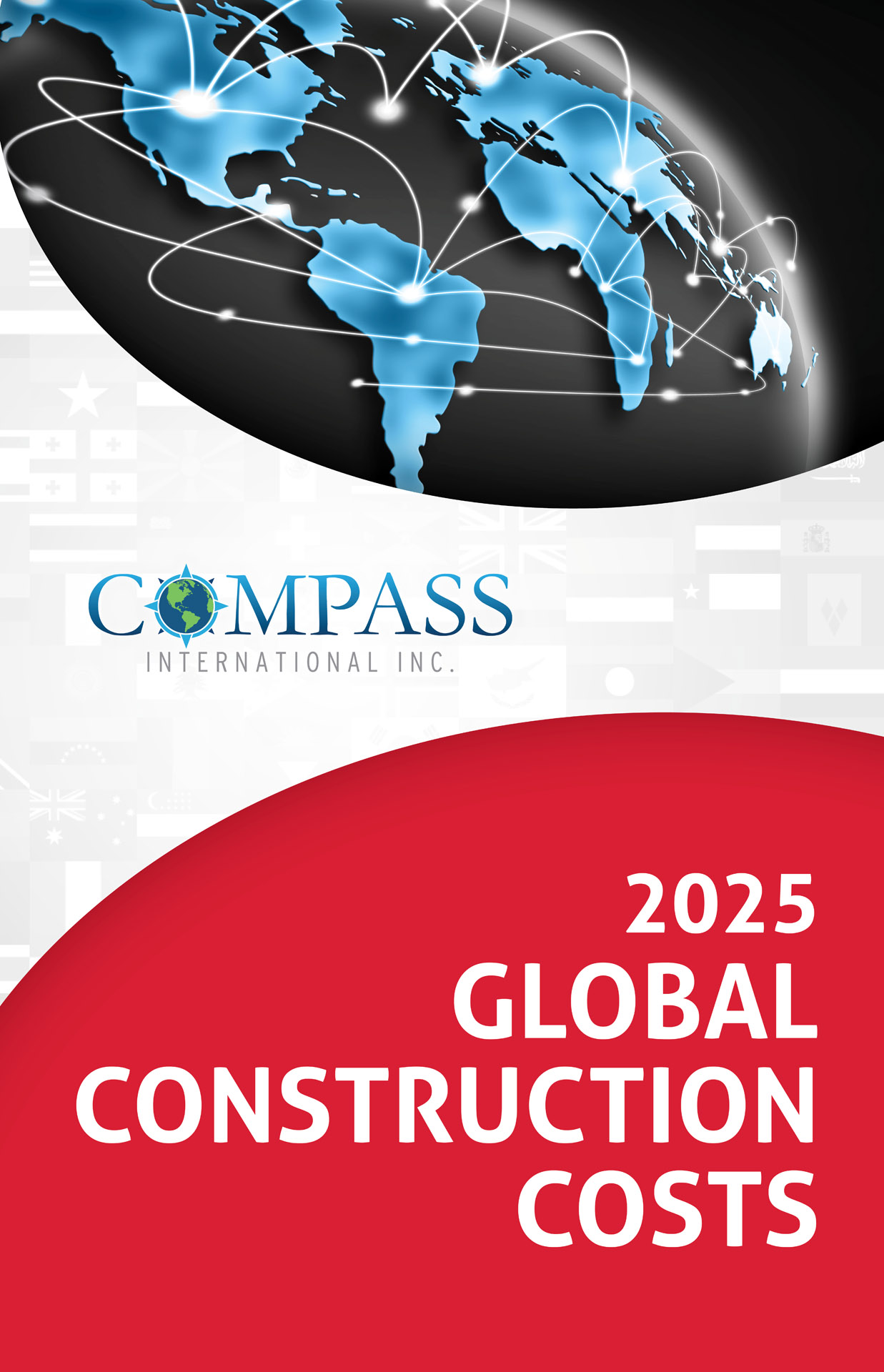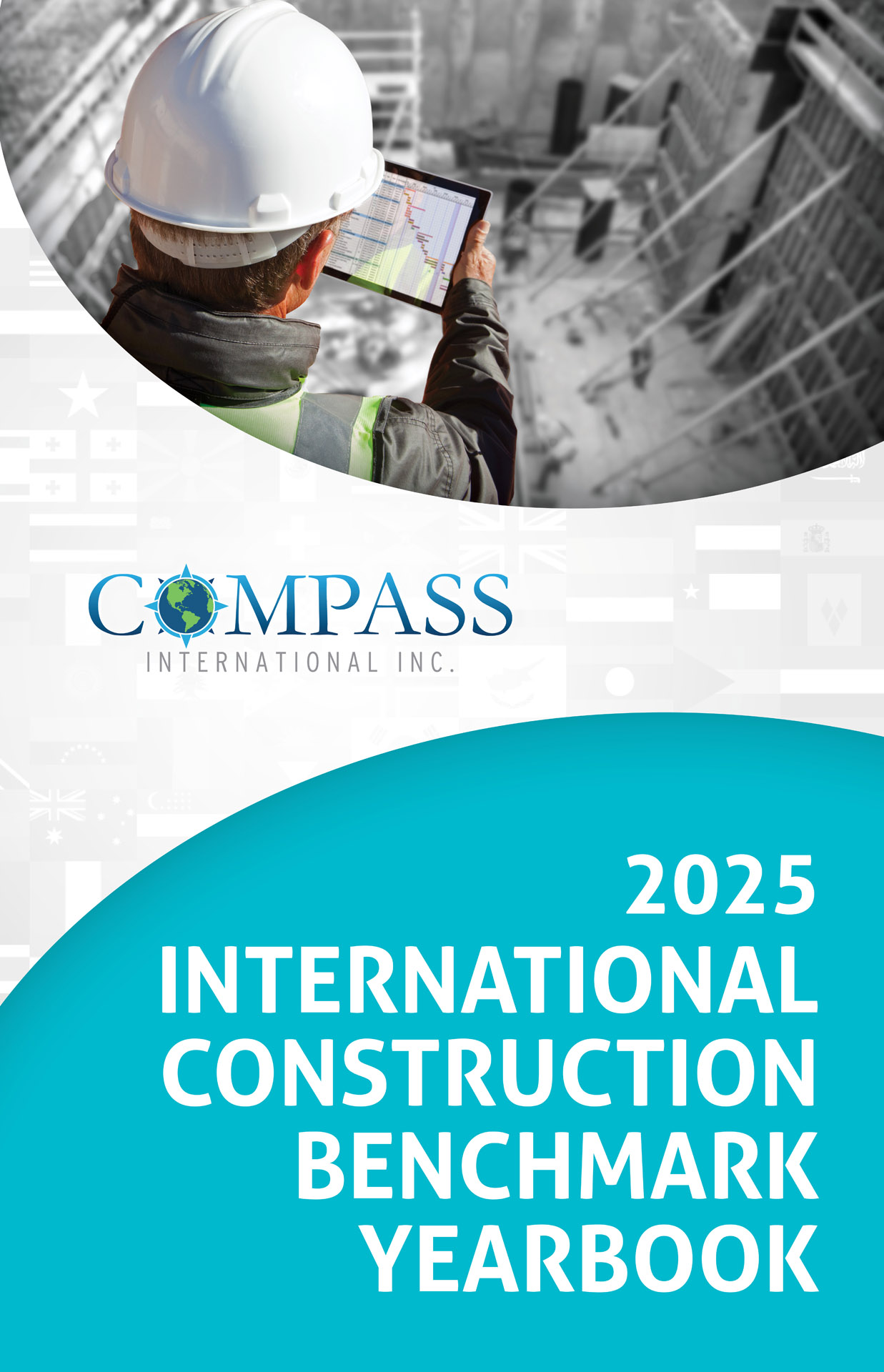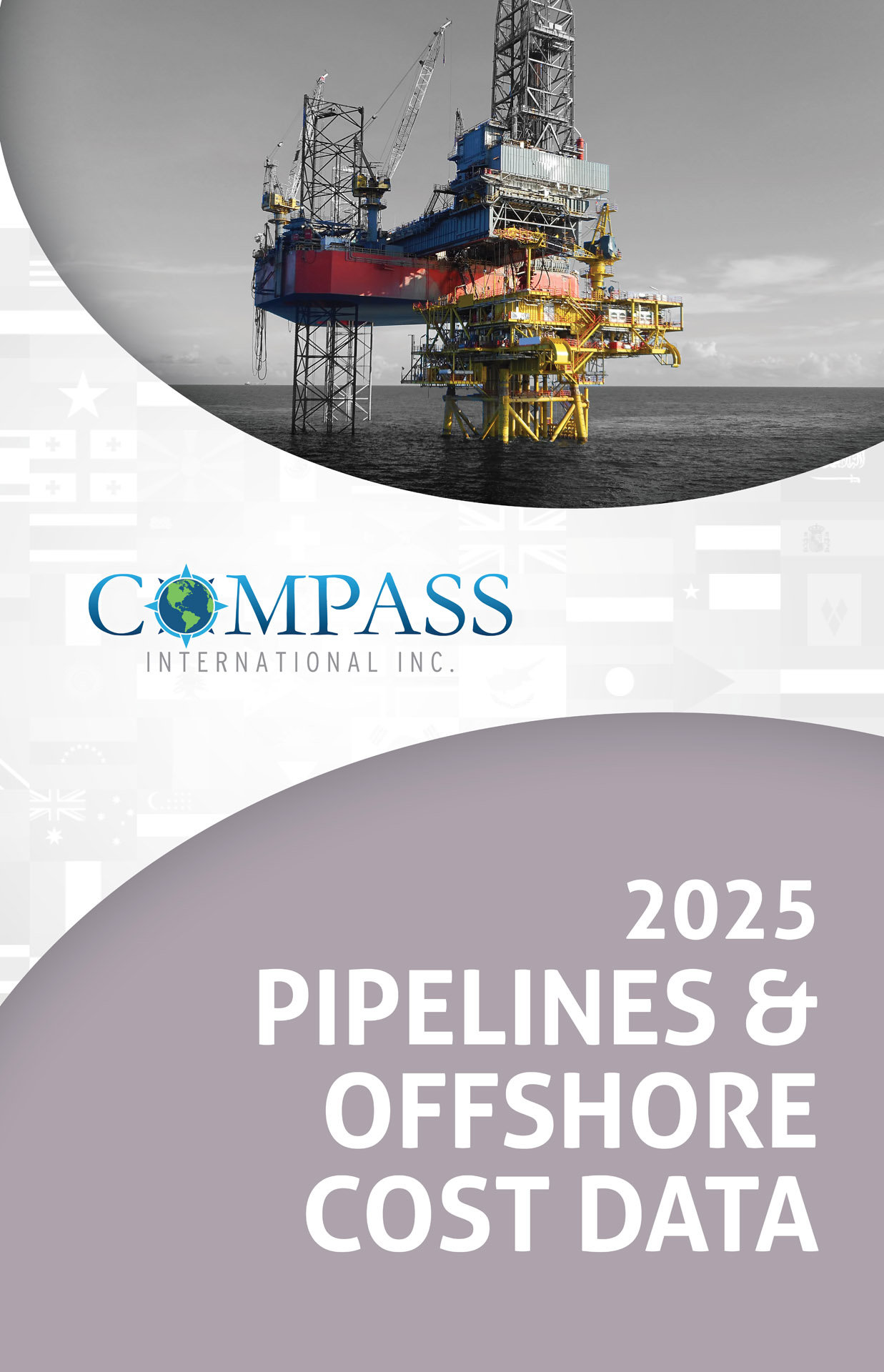How to Calculate a Location Factor (LF)
Location factors (LF) are a fundamental product of any Estimating / Cost Engineering Consulting organization supporting industries with global assets and capital projects. Location Factors are an important tool / method in deciding the future concept / cost of Industrial / Energy / Oil & Gas or Commercial capital projects at the start of the initial feasibility consideration phase. An LF should be utilized for a Class 5 Estimate or an early Front End / Pre-Feed Feasibility study. It is typically the 1st step in the cost-estimating process when little or no project definition is available.
Here Is an Example of How LFs Work:
A recently constructed EV Battery Plant constructed in the USA costs $300 million…what would a similar plant cost in (for example) Poland? Utilizing the USA value of $300 million x 0.94 (which is Poland’s LF), the facility would cost $282 million in Poland; the accuracy of this estimate is in the +/- 35% range. A lot of unknowns still remain, however, it is a starting point in the estimating journey, which might take 2 or 3 estimating efforts to be approved by upper management (after a good amount of engineering, 40% to 60% is completed, and the scope of work is developed, which might take 3 to 9 months to complete).
An LF is a total project / all-encompassing calibration factor (multiplier) for converting all of the EPC capital project cost components of a described EPC capital construction project scope of work from one specific geographic location to another geographic location. For example, a facility located in the USA to a location in Poland (in the example above).
LFs are established at the very front end of a capital project life cycle. The Scope of Work (SOW) has not been established, the capital projects definition might be less than 5%. An LF is generally considered in the industry to be a Class 5 estimate with an accuracy of +/-35 % at best. An LF is perhaps the first step in the estimating process; it might take 2 or 3 additional estimates (the overall SOW, engineering needs to be developed, specification need to be developed, plot plans need to be established and the contracting approach needs to be planned) before Final Investment Decision FID / AFE Approve for Expenditure.
A Basic Headline of the Location Factor Process
Embraces the Following Issues:
- Utilizing the cost of a completed facility in a base / benchmark location (location 1)
- Compiling an equivalent cost estimate in new / potential locations (location 2)
- Calibrate equivalent cost estimate with foreign materials, labor rates, productivity differentials, general conditions / preliminaries, etc.
- Stipulate basis and date of exchange rates utilized and projected inflation rates
- Determine detailed Architectural, Engineering, Procurement, Construction Management, Project Management / Control costs
- Incorporating ocean freight, import duties, any temporary camps, VAT, local taxes, and any other unique overseas country issues.
Divide location 1 by location 2 and the resulting value will be the appropriate Location Factor. Compass International provides unbiased Location Factors / calibration factors for instantly translating construction-related costs of Industrial / Energy / Manufacturing / Commercial Facilities from one location country to another country. Compass International completes 4 surveys each year. We contacted more than 100 countries’ construction communities that include Architects, Engineers, EPCs, Contractors, and key Vendors to determine the latest construction material costs, labor billing rates, productivity metrics, detailed design costs & other related construction costs. We are networked with more than 30,000 LinkedIn members, which provides a rapid and cost effective method of collecting real-time construction cost data. When the survey is completed, we compile each country’s current LF.






